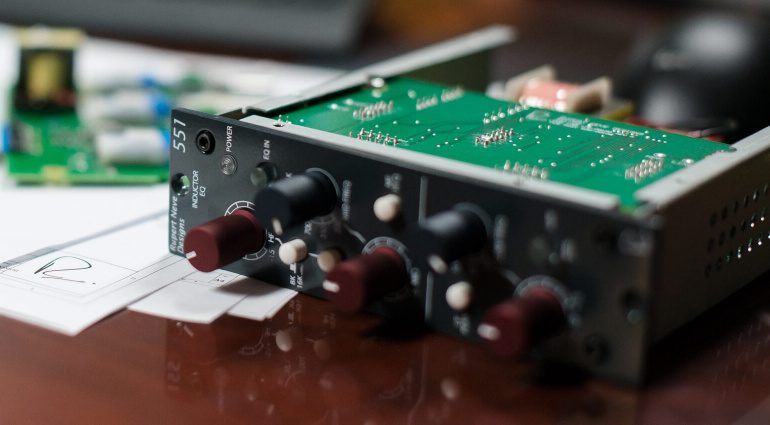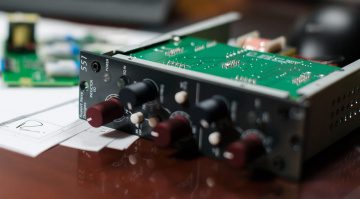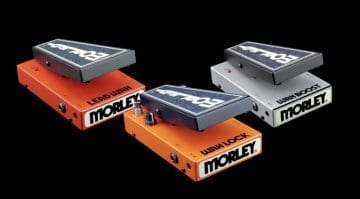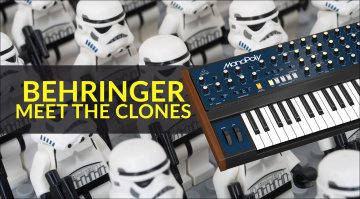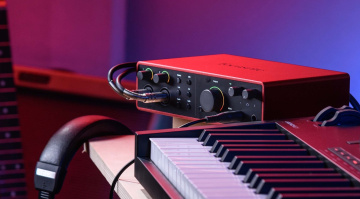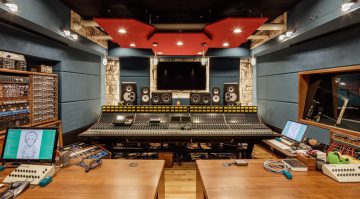The Best EQs for Recording: Add Flavour While Tracking
Hardware EQ units and 500-series modules for your home studio.
When tracking vocals and instruments at home, getting a decent-quality signal going in is always a challenge. To tackle this problem, we’ve selected some of the best EQs for recording to take your input stage to the next level.
In this Article:
There are many reasons for using EQ while tracking. This goes beyond managing frequencies correctively to avoid doing so in post-production. Instead, the idea is to use the EQ as an extension of the instrument or microphone to create the best performance possible.
Unlike most plug-in EQs you’ll come across, a decent hardware EQ allows you to make extreme frequency boosts across the spectrum whilst still sounding musical. It gives you the power to shape and balance each take to fit a particular section of a song or match voice recordings for more seamless ADR.
How to find the Best EQs for Recording?
It’s important to note that some of the best hardware EQs are passive EQs. This means they require preamplification and will benefit from being chained to a compressor with discrete makeup gain.
Building a quality input stage at home is not cheap, but there are ways to save plenty by avoiding the pro studio route.
The Best EQs for Recording: Klark Teknik EQP-KT
The Klark Teknik EQP-KT is an affordable recreation of the classic Pultec EQP-1A program EQ from the 1950s. Designed with Midas input and output transformers and 12AX7 and 12AU7 tubes, it gives you as close a user experience to the original as you can expect for the money.
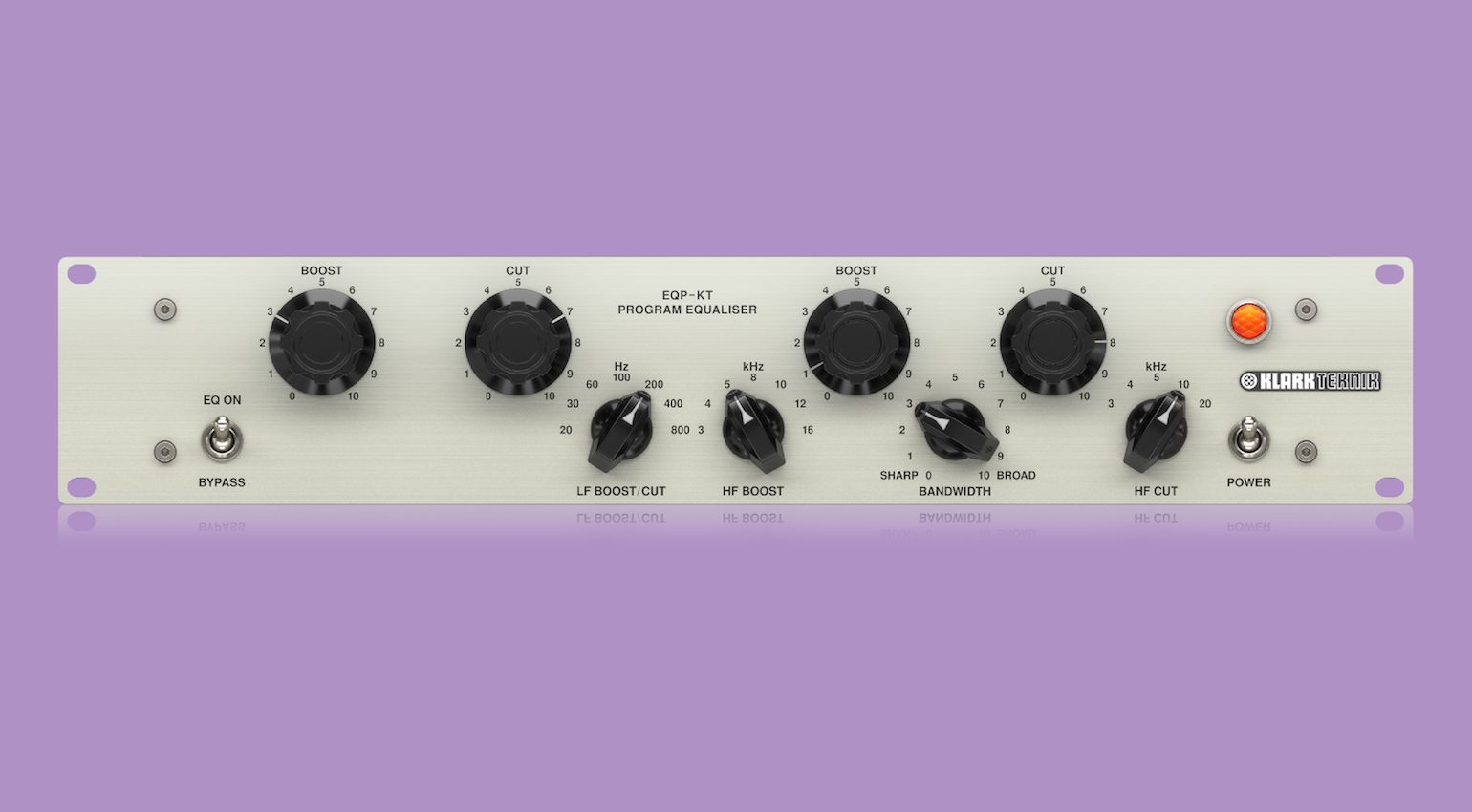
Even if you’re not looking for a Pultec-style EQ, the EQP-KT is a good starting point for building your recording front end with outboard gear. Moreover, as a beginner, you’re far more likely to develop a feel for frequencies with this type of EQ than you would using a plug-in. Get it at Thomann.*
- More from Klark Teknik
The Best EQs for Recording: Golden Age Project EQ-81 MKIII
Another reasonably priced vintage-style option is the EQ-81 MKIII from Golden Age Project. This 4-band inductor EQ is based on the design of the famous Neve 1081 console EQ from the early 1970s.
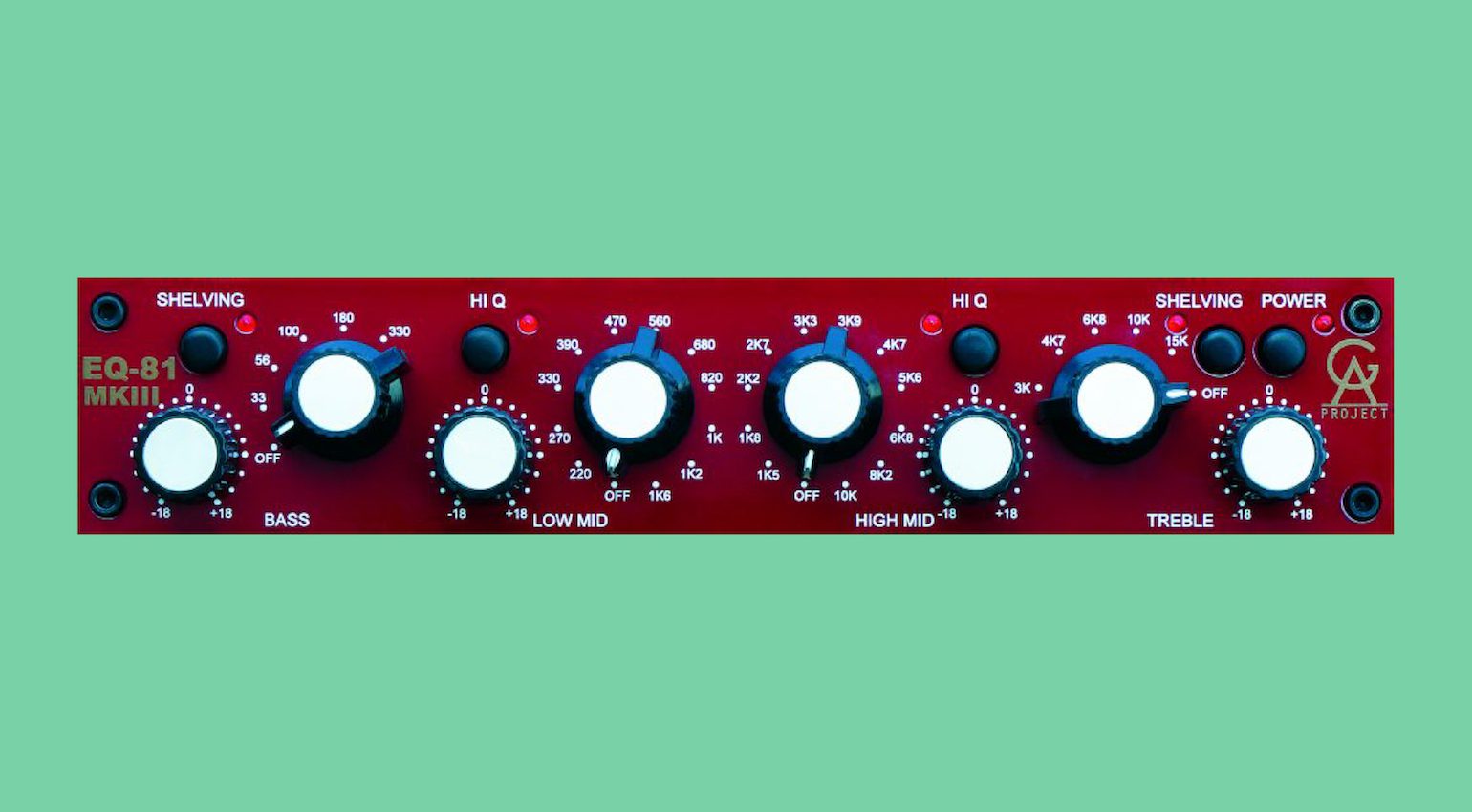
You have two switchable bell/shelving filters for your high and low frequencies, each with five selectable bands, and two midrange bell filters with a Hi Q feature.
Overall, it’s a great budget option, especially when racked up and combined with the Pre-73 MKIV preamp to form a more complete Neve-style channel strip. Get it at Thomann.*
- More from Golden Age Project
The Best EQs for Recording: SSL 611 EQ
If you’re looking for a high-end EQ sound, 500-series is a great option for building your tracking rig module by module. The 611 EQ from Solid State Logic is a versatile module based on the channel strips in the E-series consoles.
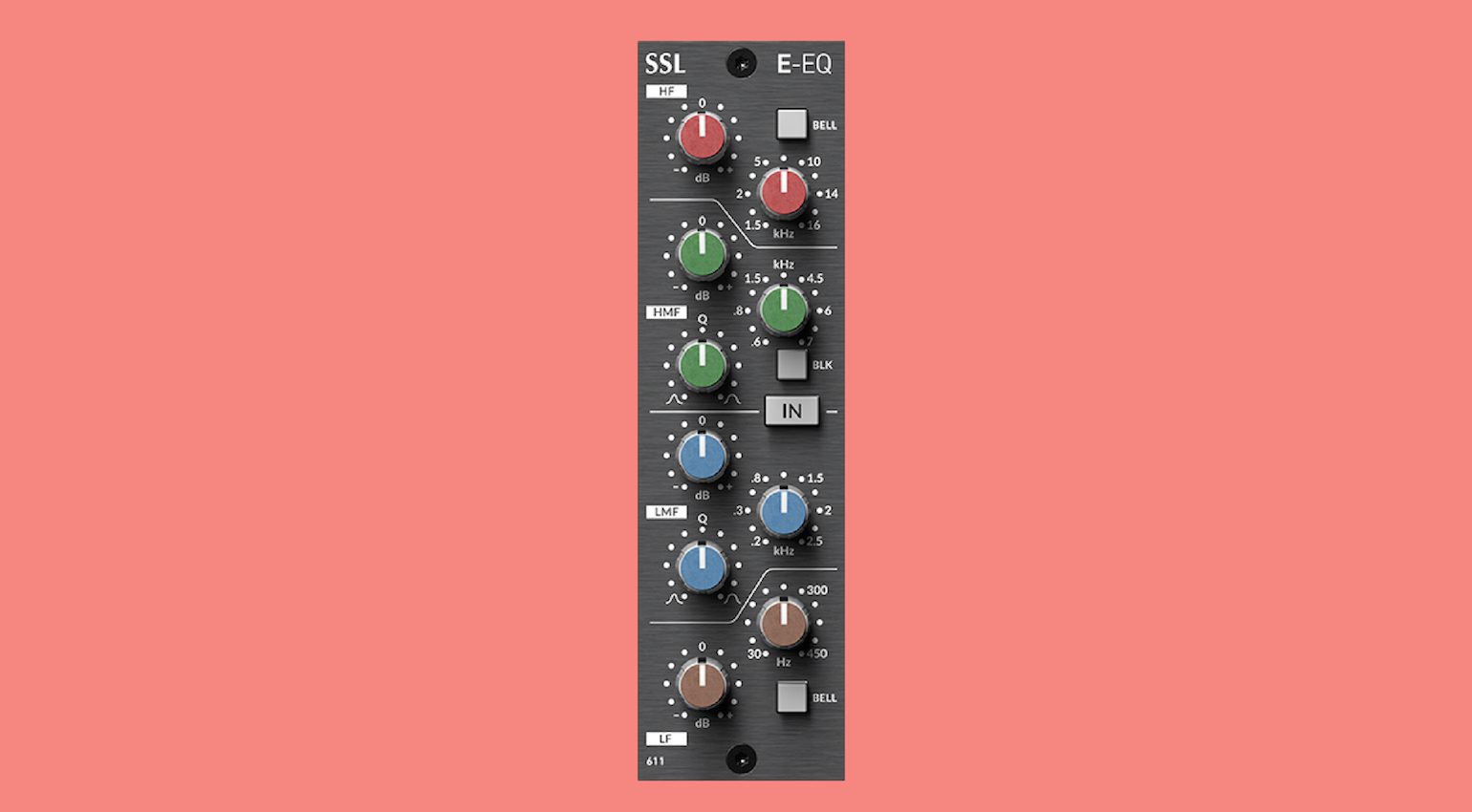
The controls may be tightly laid out to accommodate this format, but you still have the precise level of control you’d expect from an SSL console-style EQ with variable Q on both of the mid bands.
In addition, you can switch between two characteristically different EQ circuits. The “Brown” from the early ’80s is known for its musical sound and allows you to cut or boost by 15 dB. Meanwhile, the “Black” EQ circuit is more precise with a tighter low-end and 18 dB of gain to play with. Get it at Thomann.*
- More from SSL
The Best EQs for Recording: Heritage Audio PEQ-2
After acquiring Lang Electronics, Heritage Audio released the PEQ-2 single-channel passive program equalizer. It has some useful variations on the Pultec-style design, such as more selectable frequency bands and the ability to cut/boost a different set of bands.
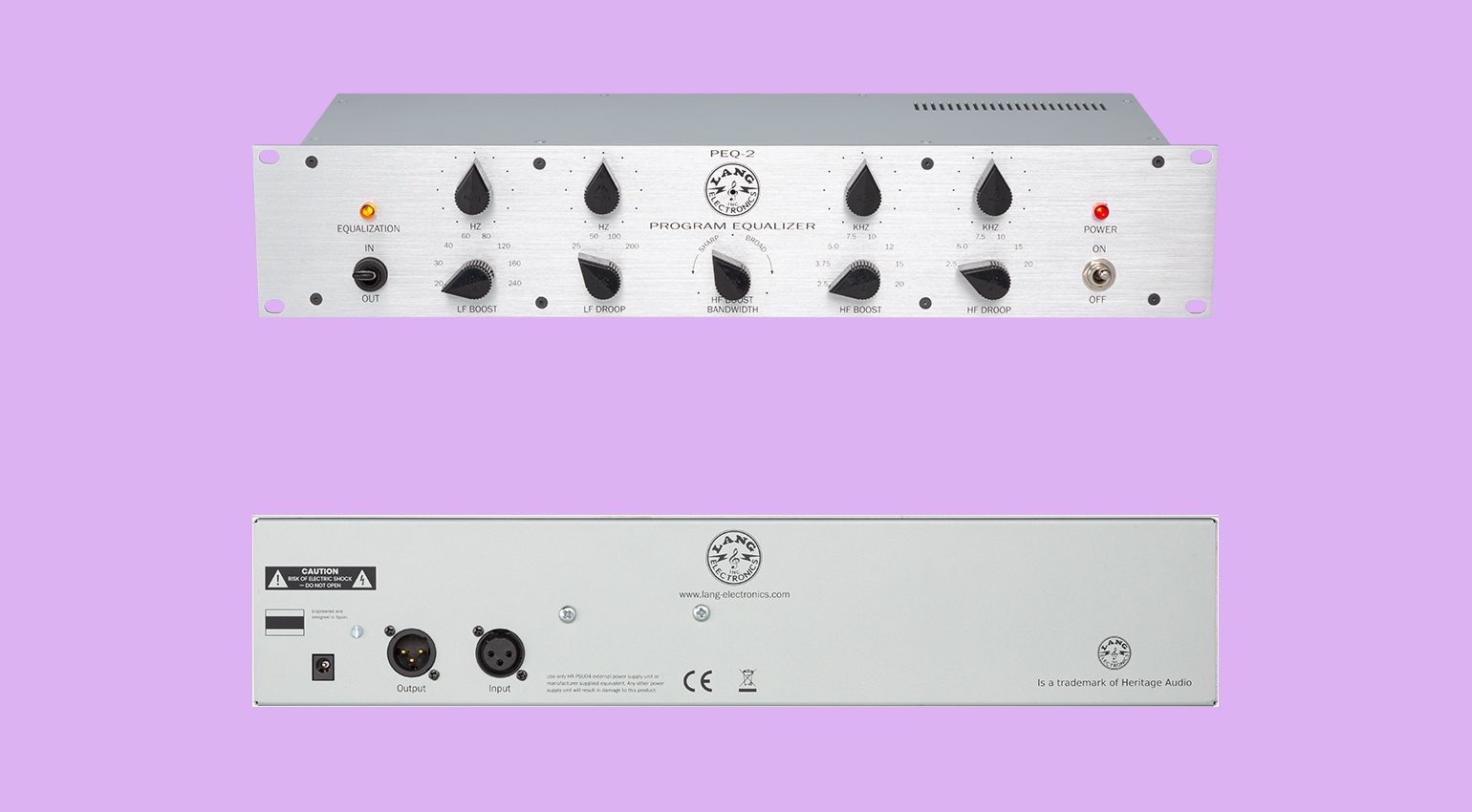
Overall, the layout and easily visible controls make it very easy to use in both tracking and mixing situations, and the variable Q-factor control allows you to shape the contours of your high-frequency curves more precisely. Get it at Thomann.*
- More from Heritage Audio
The Best EQs for Recording: Rupert Neve Designs 551
The RND 551 Inductor EQ is one of the most sought-after EQ modules for the 500-series format. Rupert Neve has designed this module as a modern take on the legacy of Neve console-style EQs.
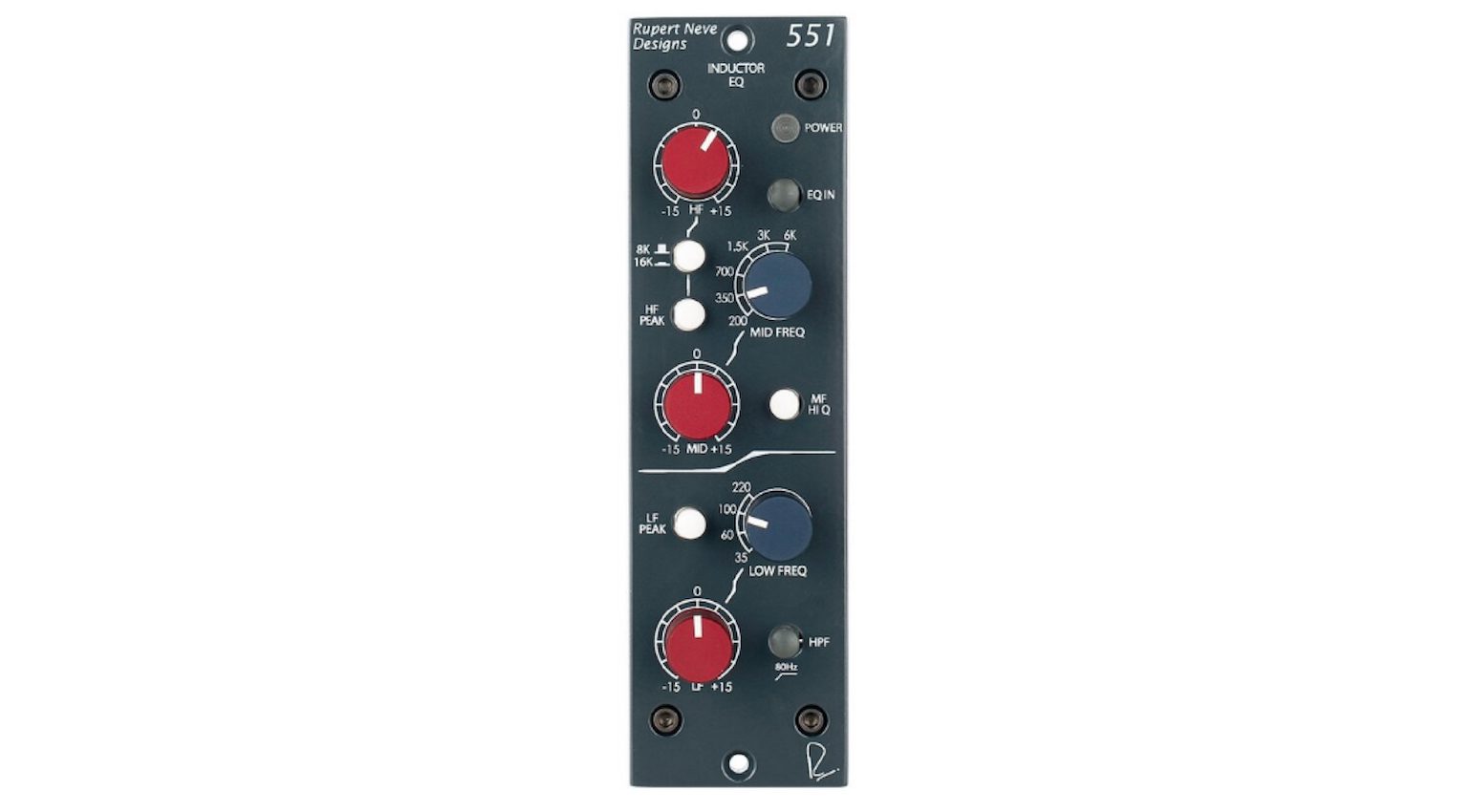
You get all the warmth and the desirable transformer sound you’d expect from a vintage EQ, with an intuitive layout that really suits modern music production.
Whether you are aggressive or more subtle with your EQ adjustments, the 551 is sure to surprise your ears on any source you decide to use it on. Get it at Thomann.*
The Best EQs for Recording: Cranborne Audio Carnaby
The Carnaby is a unique harmonic EQ that features dynamic response circuitry that increases boosts and cuts, as well as harmonics, when the circuit is driven harder. Although it performs the same function, this makes it more of a multiband saturator than a traditional equalizer, as the bands use harmonic saturation for boosting and cutting.
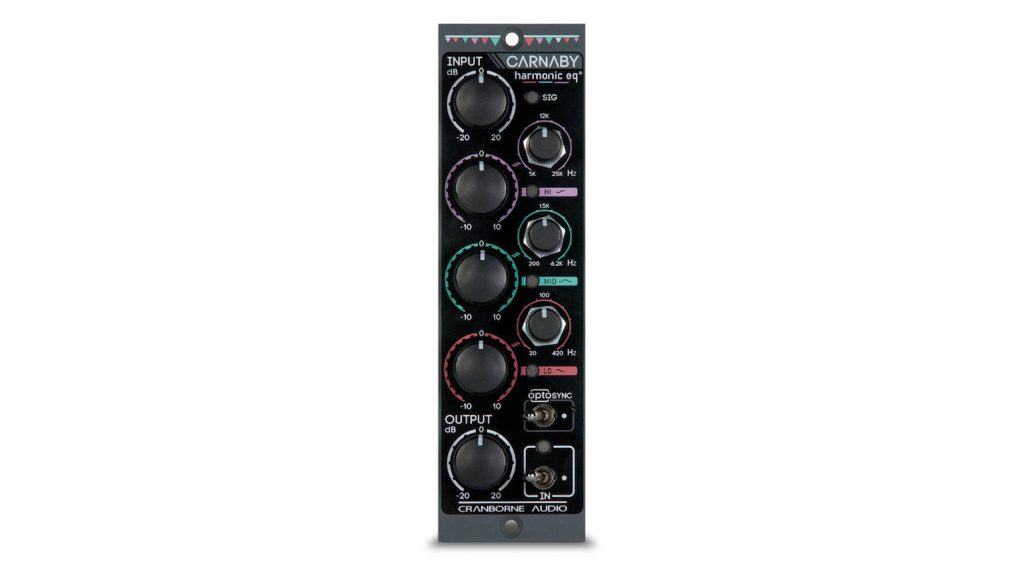
The Carnaby is available in two formats for different types of users. The more affordable option by far is the Carnaby 500, which is a stereo-linkable module for the 500 series format. Both Carnaby models feature high and low shelving filters with proportional Q-factor, and a midrange peaking filter with fixed Q.
Meanwhile, the Carnaby HE2 has a range of other features, such as variable high and low cut filters, plugin-based digital control and recall, and three processing modes: stereo, dual-mono, and mid-side. Overall, either version of the Carnaby provides great value for the price. Get it at Thomann.*
The Best EQs for Recording: API 550
The API 550 is a classic EQ designed in the late 1960s that became famous for its sound and usability. Today, the modern versions capture all the magic of the original with the high headroom and tonal consistency produced by the 2520 Op Amp. The key to the sound of the 550 lies in a feature known as proportional Q.
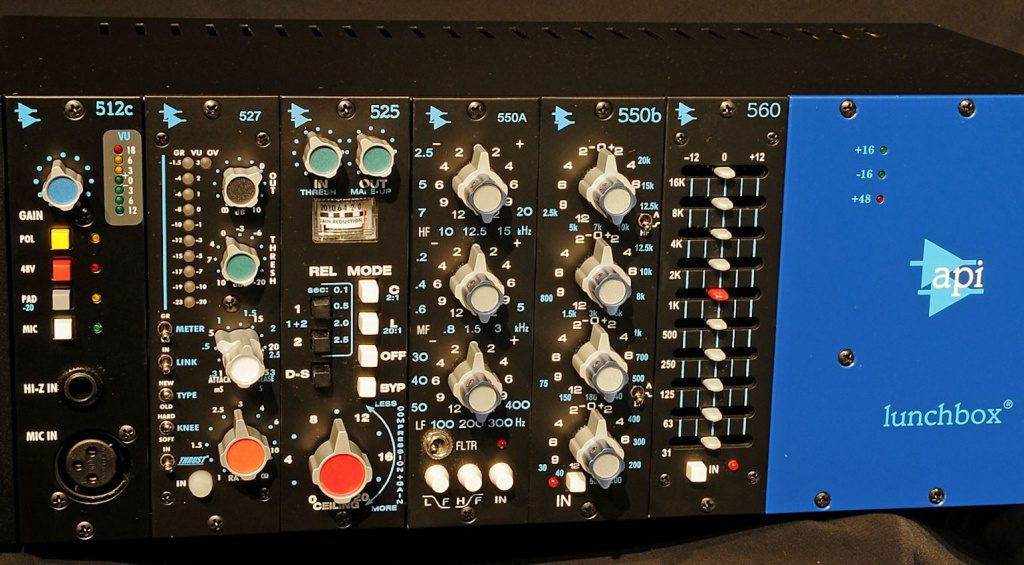
This intuitive feature narrows the bandwidth as you increase your boosts and cuts. This means that subtle adjustments will have a wider and more natural sounding Q-factor, while more extreme settings allow you to target specific areas of the frequency range more precisely. Also, the 550 has selectable frequency points for each band, so you can easily recall your favourite settings.
The 550 design can be found in the 550A and 550B modules for the 500 series format, and the 5500 dual rackmount EQ unit, as well as the TranZformer pedals for guitar and bass. A 550 EQ is a considerable investment, so be sure to check out the API Select range for more affordable options. Get it at Thomann.*
The Best EQs: MÄAG AUDIO
When it comes to EQs, MÄAG AUDIO is among the very best, and they are used and loved by some of the biggest names in the business, like Tony Visconti, Silvia Massy, Joe Barresi, and Chris Lord-Alge. Unlike the legendary Neve, SSL, and API EQ designs, MÄAG AUDIO has a modern approach from a relatively new company, founded in 2009.
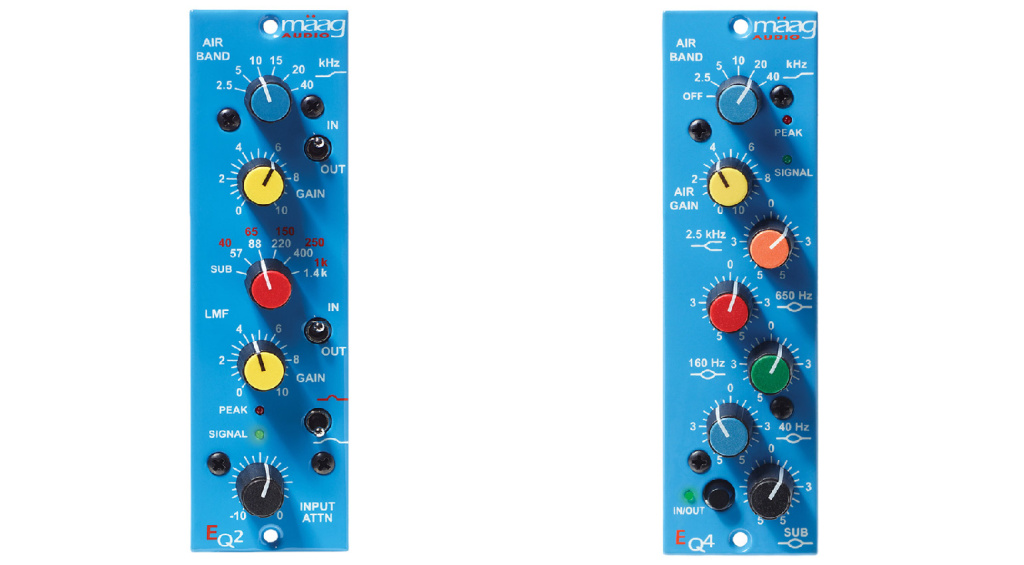
The first thing you’ll notice about MÄAG EQs is how amazingly simple they are. These EQs are created to be musical instruments, painting broad colourful strokes rather than surgical tools for folks in lab coats. Each model is equipped with the renowned switchable Air Band that adds a desirable gloss to high-frequency content.
However, all frequency points and Q-factors are either fixed or selectable, so you aren’t fiddling around for hours trying to find the right sound. The MÄAG range starts with a basic 2-band 500 series module, the EQ2-500, which has no cuts but a global attenuator control for gain staging signals while tracking. Get it at Thomann.*
More about the Best EQs for Recording:
- Pultec-style EQs
- All about EQs
- Everything vintage
- The Magic of Passive EQ
- Thomann’s guide to Equalizers
*This post about the best EQs for recording contains affiliate links and/or widgets. When you buy a product via our affiliate partner, we receive a small commission that helps support what we do. Don’t worry, you pay the same price. Thanks for your support!

 4,6 / 5,0 |
4,6 / 5,0 | 